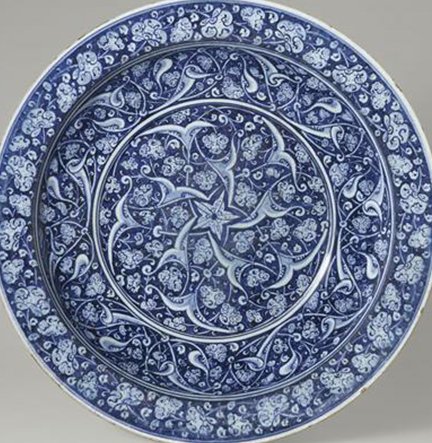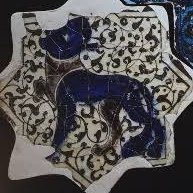No idea whether this was intentional, but in that illustration Shuri is placed next to the peacock tile ("royalty"), Sarasa next to the greyhound tile ("intelligence & patience") & Ageha the Tree of Life tile ("eternal life & soul"). These fit the characters well. #BASARA
https://twitter.com/basara_talk/status/1545634388595326976
(Contd) I know that Ageha is...well his fate being what it was, but the Tree of Life and two birds in Seljuk art is a depiction that probably came from Hinduism's Upanishad? A.k.a this means "the human soul that reaches towards the "beyond" realm of God" So there you go. #BASARA 

(Contd 2) Shuri was of course a royalty so his being placed next to a majestic bird like a peacock fits. And Sarasa as Tatara was patient, clever and (almost) never gave up... greyhounds symbolize this because they helped the Seljuk to hunt. #BASARA 



• • •
Missing some Tweet in this thread? You can try to
force a refresh
























